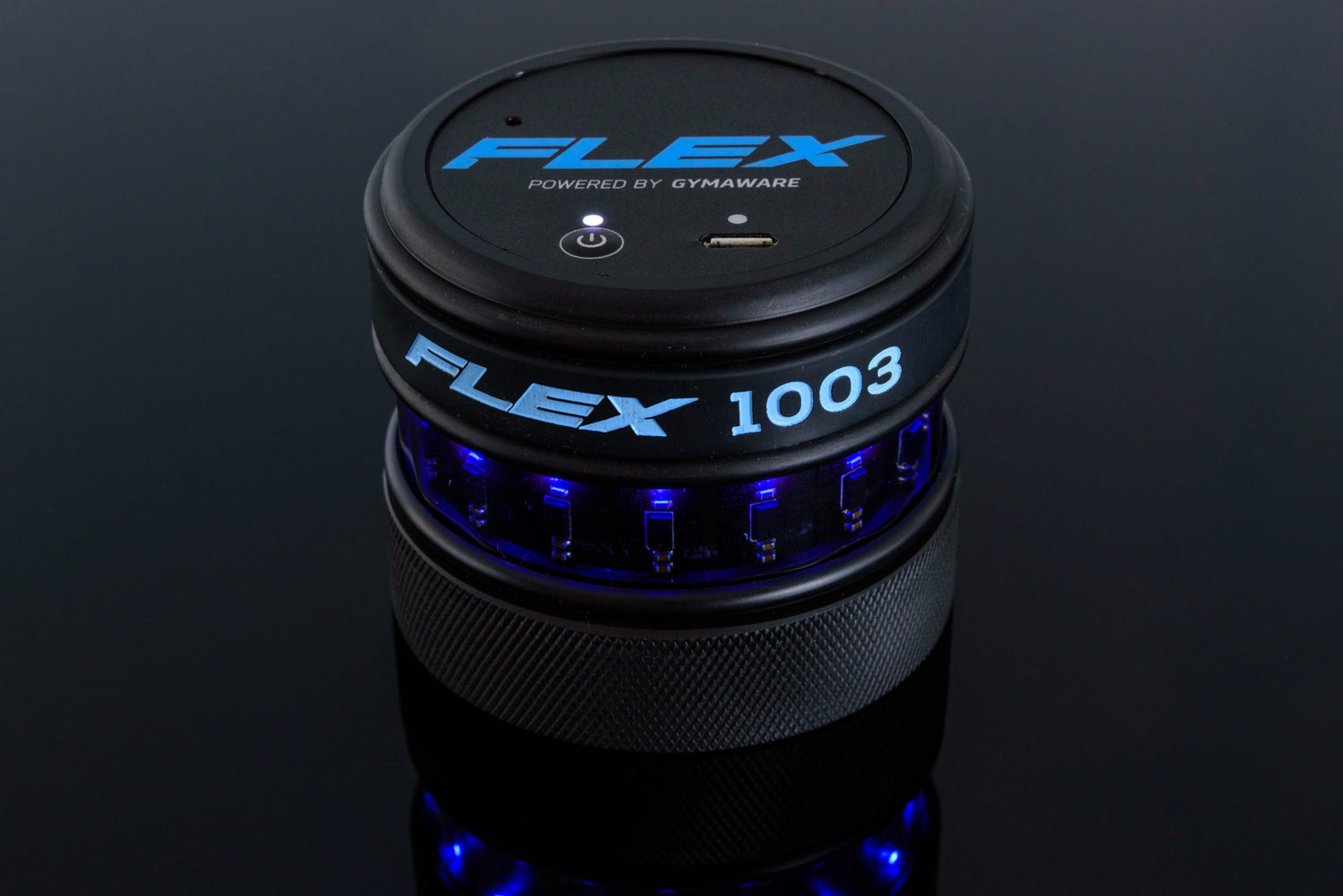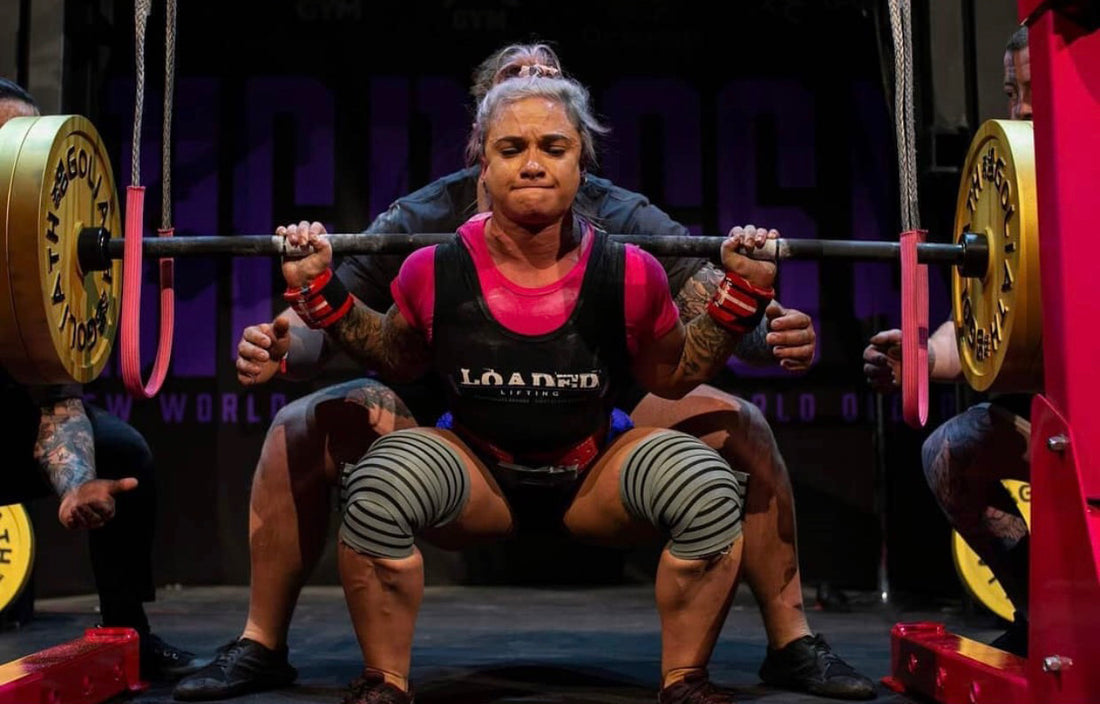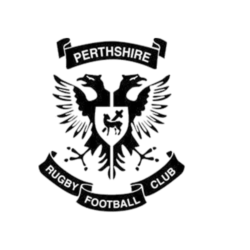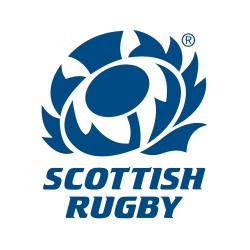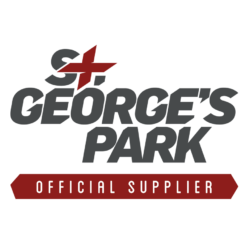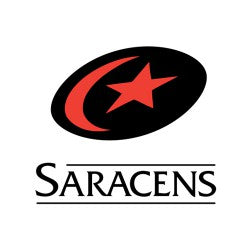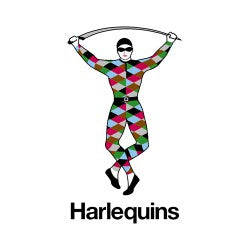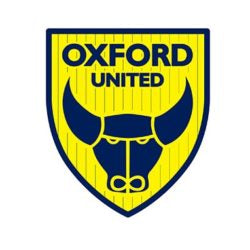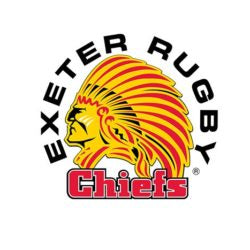In November 2019 Laura Sgro nailed a 240kg personal best squat at 65kg body weight during the ProRawPowerlifting Wild Cats event in Melbourne, Australia. This was an impressive lift at over 3.5 times her body weight and a remarkable 12.5kg (5%) jump from her previous personal best.
Coach Scott Hill speaks passionately about both Laura’s performance and how they used GymAware to apply Velocity Based Training (VBT) to get there. His knack for describing VBT and his readiness to share every detail offers a unique opportunity for a case study.
How long have you been using VBT in your coaching and your own training?
Only quite recently! We have been doing very, very rudimentary work for about a year but then I teamed up with Olympic BMX Coach, Sean Dwight, who was well versed in practical VBT. I melded his knowledge with powerlifting principles plus a few new perspectives and built a 9 week program fully based around VBT for Laura and another athlete who performed superbly, Aaron Wotton.
The results were remarkable, not just in PB improvements but also for recovery, post-comp period rebound and improved technical execution.
Can you outline your strategy for implementing VBT with Laura in 2019? Did you have any concerns?
No concerns, it made so much sense I could not see it failing. At worst, the program would produce the same results but with better recovery and offer up objectively measurable outcomes.
Of course it worked out far better all round. An issue in powerlifting is that they are slow; too much force and not enough acceleration. So we increased the workload in the 70-80% range a lot, worked on increasing bar speed, power (kilowatts per kilogram) and frequency of lifting. As the load was relatively light, recovery was faster.
At first the numbers were low for the set bar speed targets, however, as Laura and Aaron learned to be more explosive you could see how beneficial it would be in the crossover to maximal lifting. Near the end we were still gathering data and sometimes would use our coaches’ eye and correlate that to speed (instead of pre set numbers).
In the entire training cycle leading up to competition, both Laura and Aaron only did four single reps at or over 90%, and that was it. Unheard of in powerlifting generally. But their power and bar speed were that good at 90% we knew it was all there and we brought them in comp fresh.
On comp day we had a set bar speed to hit in warm up to make sure they were ‘on’ and the rest is history. Both hit huge PBs across the board.
What elements of VBT did you choose to implement and how did this change the way you had normally been prescribing sessions?
The main thing we used was target speeds for top singles and instead of a percentage based deload we went for a fatigue percentage to get the desired volume. We also put the unit on early in warm up so there was no lazy warm up. This meant they were punching hard from basically the bar.
In the strength phase we focussed more on the frequency of lifting and set a bar speed that we aimed to increase weekly.
Finally, in specialisation we reduced bar speed until it was around 90% of 1RM speed to build skill under heavy weight while maintaining the focus on acceleration.
Were there any expected or unexpected challenges getting started?
All the expected ones, including us learning the right metrics to use and the athletes freaking out that the load was too light! To be honest, no real unexpected challenges, more like unexpected awesome outcomes!
We know Laura hit a personal record, so the outcome was one big 240kg plus from the VBT program, but what other positives did VBT offer during the day-to-day, week-to-week training cycle?
HUGE benefits. She was much fresher, meaning no overreaching giving her much better recovery, far less aches and pains to deal with and the opportunity to focus more on precision of lifting as the weights were not overly heavy all the time.
At lighter loads we were able to increase the frequency of lifting and get more technical practice.
Coming into comp when normally feeling beaten down, things were amping up and Laura brought a more aggressive mentality. More like, ‘there is so much in the tank I can't wait to lift’ instead of ‘I hope I survive and post decent numbers’. We had data for game day to make sure her warm ups were spot on and, because the taper brought on numbers that were all above training numbers, we had more knowledge for attempt selection precision.
Did you get anything wrong? What learnings did you take away and apply moving forwards?
At the start yes. Mostly we weren’t using the best metric for certain lifts. For example, mean velocity for a sumo deadlift is not accurate as its always slow off the floor, which skews the number down. We found peak velocity best represented what we were seeing visually as a coach.
What have you been focusing on with Laura in 2019? How has her year progressed? How has/is VBT playing a role?
Laura came off a huge season six month ago. We needed to freshen her up, work on weak points and gain a bit of muscle. Then we applied VBT as her weak point was lack of explosiveness.
Laura is incredibly strong, gifted and brings a strong mindset so our main weapon for ensuring longevity in lifting and continued progression is technical precision and not overreaching too much. VBT allows us to do this so well. She made that monumental leap and at her level, that kind of improvement is rarely seen.
What about VBT in other areas of your coaching, such as athletes of different levels or pursuits?
Oh yes, we are rolling it out now. From BMX riders to CrossFitters to bodybuilders even. It has so many applications the mind boggles.
Should other coaches and athletes be considering VBT and why? Are there any drawbacks and what should be people be prepared for?
Without a doubt 100% yes. There are no real drawbacks I can see (except from dealing with nervous athletes).
You can improve performance, prevent injury and objectify measurable outcomes that were previously subjective. You can have more metrics for progressive overload, such as increasing metres per second or watts per kilogram at the same weight, instead of only focusing on load. You also have concrete feedback to increase or decrease training volumes and loads.
VBT also gives you game day data that is invaluable and it makes the lifter focus on acceleration, and especially in powerlifting, this will improve so many lifters. As I mentioned, we benefited from increased training volumes at lighter loads to yield the same top end outcome with better technical lifting (as long as they are coached for it of course).
What’s next for Laura?
Laura was actually only about 63kg but weighed in fully clothed and after breakfast. She now has Arnolds/Pro Raw in March 2020 in her 60kg class. Our goal is to replicate if not beat her Wild Cat numbers at 60kg, win another Pro Raw title and push slowly to be the number one of all time in that class.
Any final hints, tips or insights?
Never accept the status quo. Always look for a way to improve and do things better. I personally think VBT is going to change the landscape of powerlifting totally. You are going to see more explosive lifters, bigger weights, healthier lifters that are getting injured less often, improved programming and better game day strategies.
Fin out more about the GymAware HERE
For the latest on Perform Better, follow us on Facebook, Instagram or Twitter
